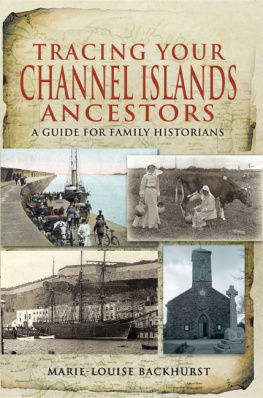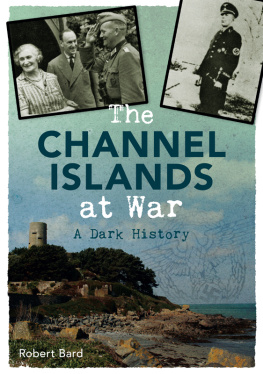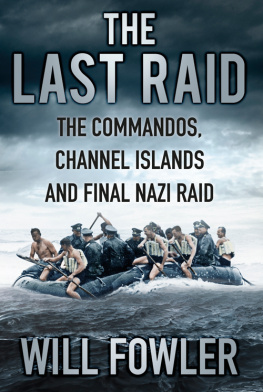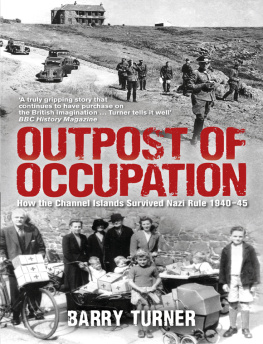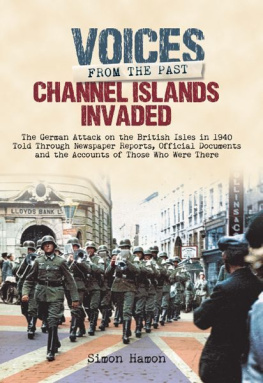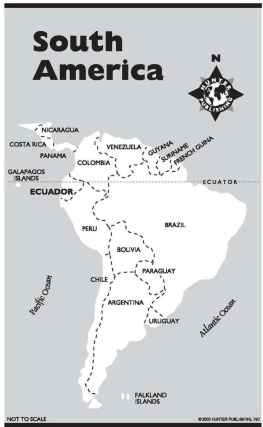Todd J. Braje - Islands through Time: A Human and Ecological History of Californias Northern Channel Islands
Here you can read online Todd J. Braje - Islands through Time: A Human and Ecological History of Californias Northern Channel Islands full text of the book (entire story) in english for free. Download pdf and epub, get meaning, cover and reviews about this ebook. City: Lanham, year: 2021, publisher: Rowman & Littlefield Publishers, genre: Science. Description of the work, (preface) as well as reviews are available. Best literature library LitArk.com created for fans of good reading and offers a wide selection of genres:
Romance novel
Science fiction
Adventure
Detective
Science
History
Home and family
Prose
Art
Politics
Computer
Non-fiction
Religion
Business
Children
Humor
Choose a favorite category and find really read worthwhile books. Enjoy immersion in the world of imagination, feel the emotions of the characters or learn something new for yourself, make an fascinating discovery.

- Book:Islands through Time: A Human and Ecological History of Californias Northern Channel Islands
- Author:
- Publisher:Rowman & Littlefield Publishers
- Genre:
- Year:2021
- City:Lanham
- Rating:4 / 5
- Favourites:Add to favourites
- Your mark:
Islands through Time: A Human and Ecological History of Californias Northern Channel Islands: summary, description and annotation
We offer to read an annotation, description, summary or preface (depends on what the author of the book "Islands through Time: A Human and Ecological History of Californias Northern Channel Islands" wrote himself). If you haven't found the necessary information about the book — write in the comments, we will try to find it.
Explore the remarkable history of one of the jewels of the US National Park system
Californias Northern Channel Islands, sometimes called the American Galpagos and one of the jewels of the US National Park system, are a located between 20 and 44 km off the southern California mainland coast. Celebrated as a trip back in time where tourists can capture glimpses of California prior to modern development, the islands are often portrayed as frozen moments in history where ecosystems developed in virtual isolation for tens of thousands of years. This could not, however, be further from the truth.
For at least 13,000 years, the Chumash and their ancestors occupied the Northern Channel Islands, leaving behind an archaeological record that is one of the longest and best preserved in the Americas. From ephemeral hunting and gathering camps to densely populated coastal villages and Euro-American and Chinese historical sites, archaeologists have studied the Channel Island environments and material culture records for over 100 years. They have pieced together a fascinating story of initial settlement by mobile hunter-gatherers to the development of one of the worlds most complex hunter-gatherer societies ever recorded, followed by the devastating effects of European contact and settlement. Likely arriving by boat along a kelp highway, Paleocoastal migrants found not four offshore islands, but a single super island, Santarosae. For millennia, the Chumash and their predecessors survived dramatic changes to their land- and seascapes, climatic fluctuations, and ever-evolving social and cultural systems.
Islands Through Time is the remarkable story of the human and ecological history of Californias Northern Channel Islands. We weave the tale of how the Chumash and their ancestors shaped and were shaped by their island homes. Their story is one of adaptation to shifting land- and seascapes, growing populations, fluctuating subsistence resources, and the innovation of new technologies, subsistence strategies, and socio-political systems. Islands Through Time demonstrates that to truly understand and preserve the Channel Islands National Park today, archaeology and deep history are critically important. The lessons of history can act as a guide for building sustainable strategies into the future. The resilience of the Chumash and Channel Island ecosystems provides a story of hope for a world increasingly threatened by climate change, declining biodiversity, and geopolitical instability.
Todd J. Braje: author's other books
Who wrote Islands through Time: A Human and Ecological History of Californias Northern Channel Islands? Find out the surname, the name of the author of the book and a list of all author's works by series.

